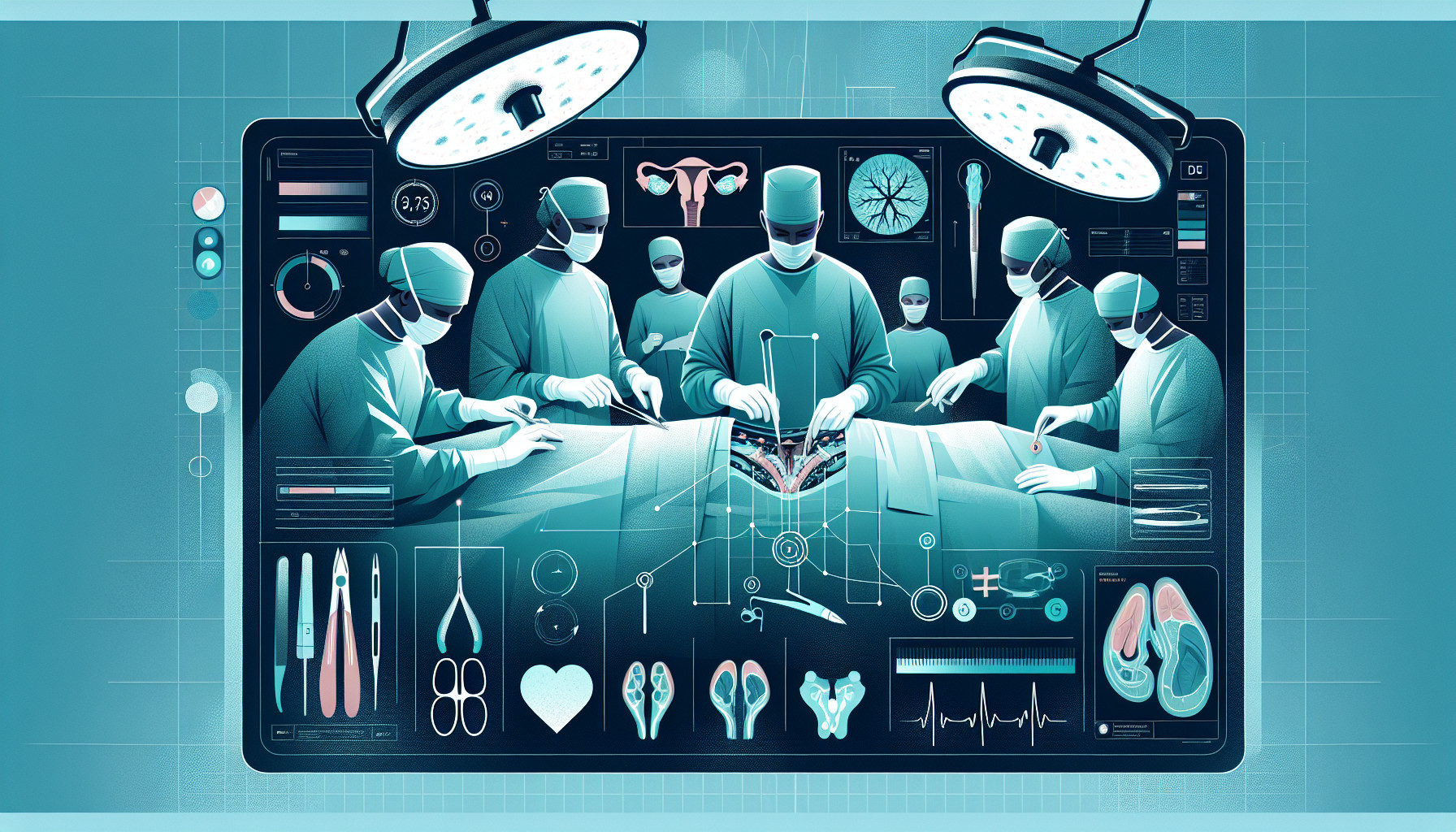Our Summary
Testicular torsion is a serious issue in children that needs immediate medical attention. In 2015, quality measures for handling this condition were introduced into the US hospital ranking system. This study looked at how successful surgeries were at saving the testicle before and after these measures were introduced, taking data from 52 hospitals over a 10-year span.
The findings showed that after the introduction of these quality measures, the success rate of these surgeries went up by 12.5%. The study also found that nearly all hospitals were meeting these quality measures by 2019. Factors like the patient’s age, race, distance from the hospital, income, insurance status, and the use of ultrasound did not significantly change before and after the measures were introduced.
The study concludes that these quality measures have led to an improvement in the success rate of surgeries for testicular torsion. However, more research is needed to confirm these findings and see if the success rate can be improved even more.
FAQs
- What is testicular torsion and why is it a serious issue in children?
- What was the impact of the introduction of quality measures on the success rate of surgeries for testicular torsion?
- Did factors such as the patient’s age, race, distance from the hospital, income, insurance status, and the use of ultrasound significantly change before and after the introduction of the quality measures?
Doctor’s Tip
One helpful tip a doctor might tell a patient about testicular surgery is to seek immediate medical attention if they experience sudden and severe testicular pain. Testicular torsion is a medical emergency that requires prompt treatment to prevent potential complications such as loss of blood flow to the testicle. Early intervention can increase the chances of saving the affected testicle and preserving fertility. It is important for patients to not delay seeking medical help if they suspect testicular torsion.
Suitable For
Patients who are typically recommended testicular surgery include those with testicular torsion, which is a medical emergency that occurs when the spermatic cord becomes twisted and cuts off blood flow to the testicle. This condition primarily affects children and adolescents, but can also occur in adults. Testicular surgery may also be recommended for patients with testicular cancer, testicular trauma, varicocele (enlarged veins in the scrotum), and other conditions affecting the testicles.
Timeline
Before testicular surgery, a patient may experience sudden and severe pain in the scrotum, swelling, nausea, vomiting, and fever. They would likely seek medical attention immediately and undergo diagnostic tests such as ultrasound to confirm the diagnosis of testicular torsion. Once diagnosed, the patient would undergo emergency surgery to untwist the testicle and restore blood flow.
After testicular surgery, the patient would typically experience some pain and discomfort in the scrotum, which can be managed with pain medication. The patient would need to rest and avoid strenuous activities for a period of time to allow for proper healing. Follow-up appointments with the surgeon would be necessary to monitor the recovery process and ensure that the testicle is functioning properly. Overall, with proper care and adherence to post-operative instructions, the patient can expect a successful recovery and preservation of the testicle.
What to Ask Your Doctor
- What is the success rate of the surgery for testicular torsion?
- What are the potential risks and complications associated with the surgery?
- What is the recovery process like after the surgery?
- Are there any long-term effects or complications to be aware of after the surgery?
- How experienced is the surgeon in performing this type of surgery?
- Are there any alternative treatment options to consider?
- What can I do to prepare for the surgery and optimize my chances of a successful outcome?
- How soon after the surgery can I resume normal activities?
- Are there any lifestyle changes or precautions I should take post-surgery to protect against future occurrences of testicular torsion?
- How often will follow-up appointments be needed after the surgery?
Reference
Authors: Chun B, Colaco M, Fox JA, Cannon GM, Schneck FX, Chaudhry R, Villanueva J. Journal: J Urol. 2022 Aug;208(2):441-447. doi: 10.1097/JU.0000000000002677. Epub 2022 Mar 28. PMID: 35343239
